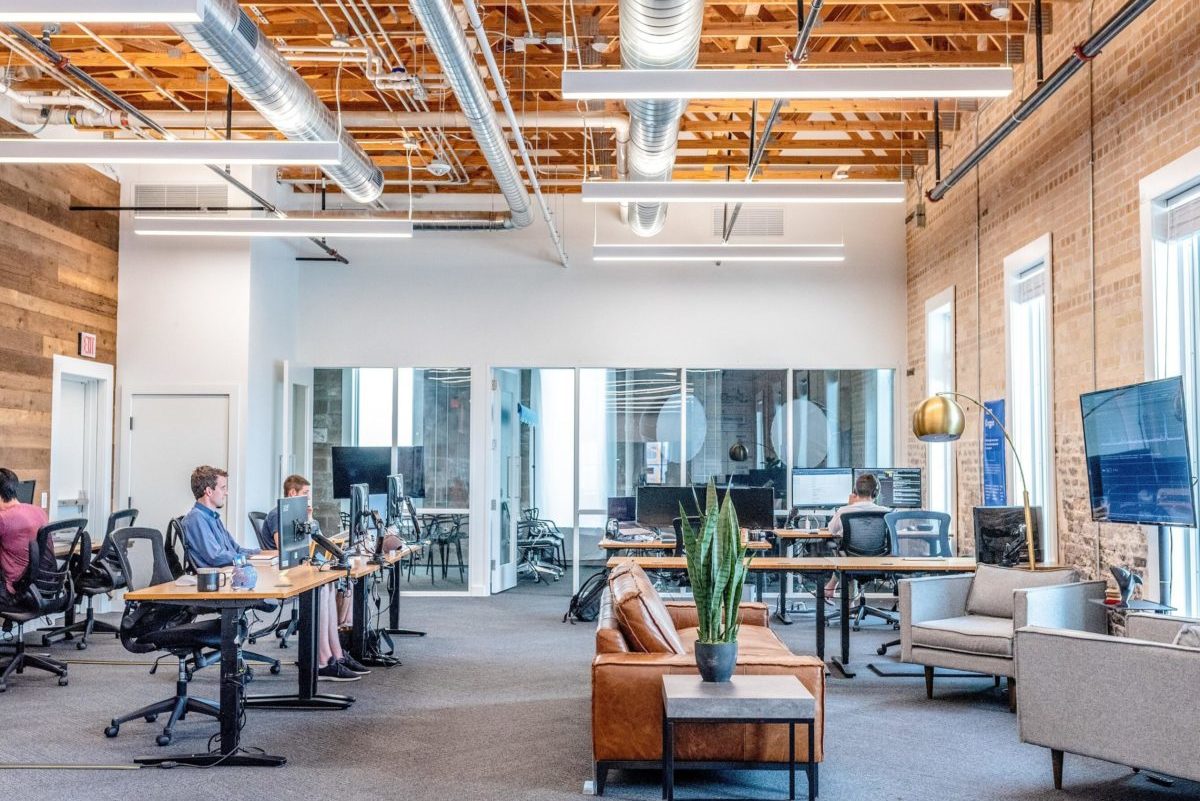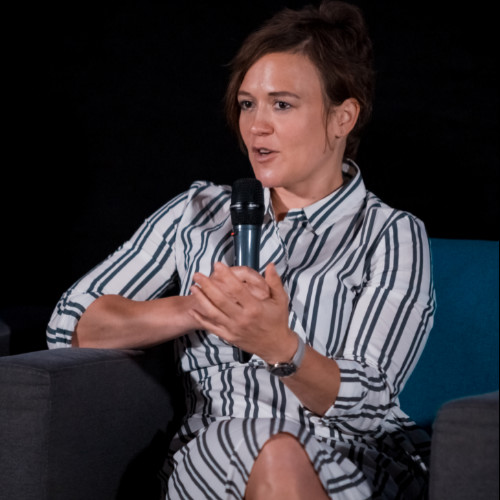What is the difference between Occupancy and Utilization?

We’re writing this post because there is an ongoing confusion of what the difference between occupancy and utilization of a space is. In fact, occupancy and utilization might seem interchangeable. But whilst the two are related, there is a clear difference. To end the confusion once and for all, we further clarify the details of these metrics in this article.
The Utilization of a neighborhood consists of a set of occupancy observations aggregated over a longer timeframe, such as a week or 90 days. Often it is displayed as a % rate, in relation to the capacity of the space.
The Occupancy of a neighborhood reflects the situation in at a given moment in time.
- Is this Focus Room occupied right now? Yes / No.
- The Occupancy of the library at 11am was 112 people, 41% of its capacity of 267 seats.
Space utilization metrics can be further distinguished for different types of spaces:
- When in use, the Utilization Rate of this conference room was 51% of the available capacity of 8 seats.
- The library’s Utilization Score was 21% on average during opening hours over the Christmas holidays.
We further clarify the details of these metrics that are often used across HubStar’s products below.
Utilization metrics for conference rooms
When talking about space utilization data, people often focus on relating the observed number of people in a space to the available capacity. Which, we agree, makes sense.
But when we take a closer look, it’s just not that simple. To understand how efficiently spaces, such as conference rooms, are utilized, there is more at play than relating the average number of observed people to the available number of seats.
To determine the performance of a conference room, it’s important to measure the efficiency of utilization along two dimensions:
- the available number of workspaces (capacity) and
- the total time it was available – usually over the analysis time frame selected
In our dashboard we use three metrics to efficiently compare the performance of conference rooms within your building:
- Time in use Rate % of time a space was in use over analysis time frame
- Utilization Rate % of the available capacity when in use over analysis time frame
- Utilization Score Time in use Rate x Utilization Rate
We hope these definitions help you better understand the difference between occupancy and utilization. Of course, there are many ways to define the two metrics. The definitions used in this article are specific for use in our products.
If you want more, start here!



